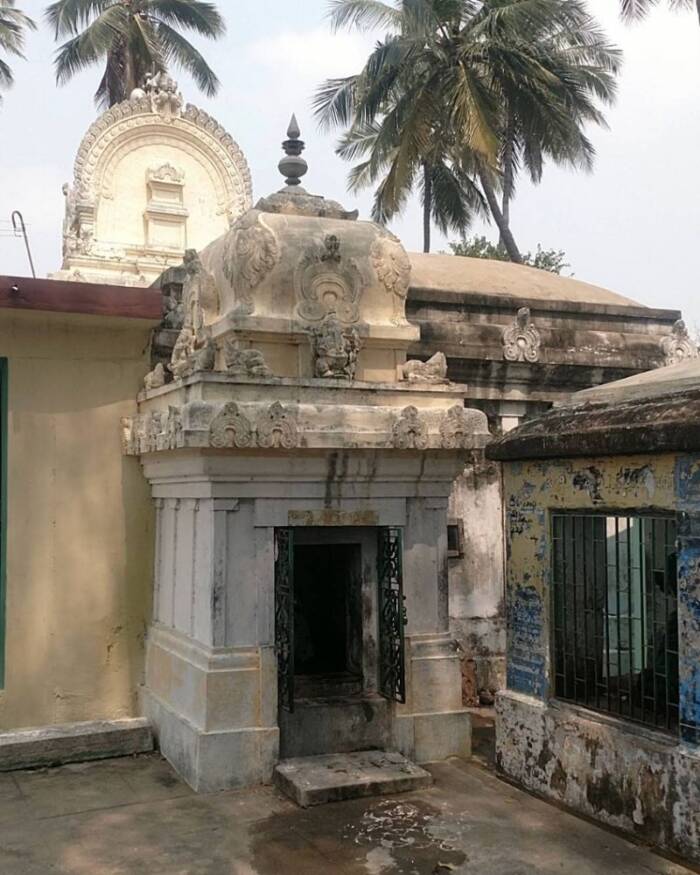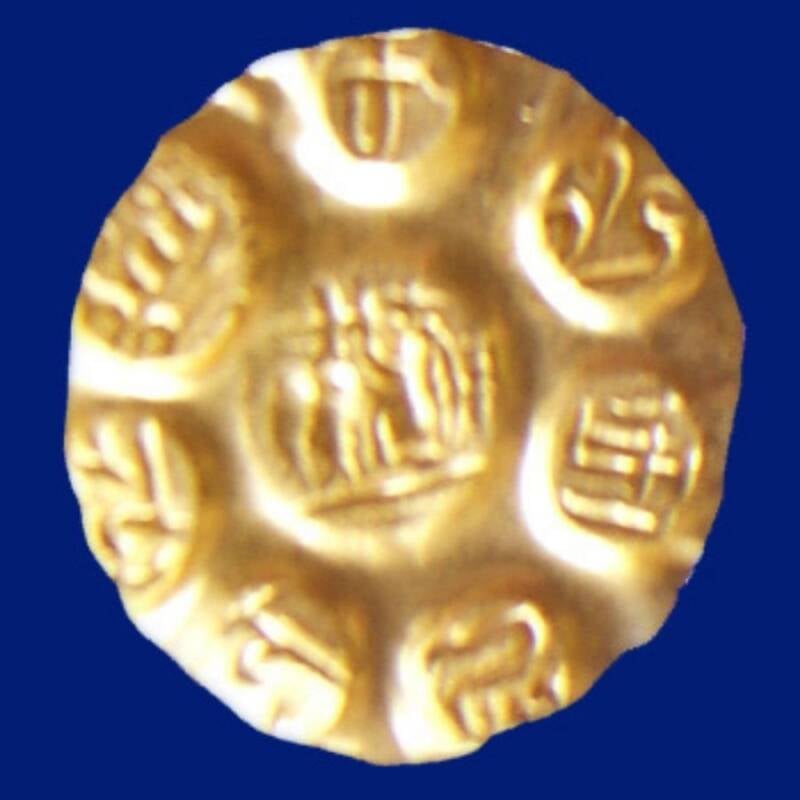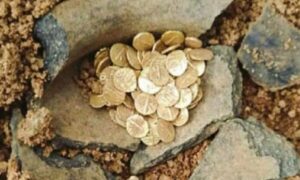Ancient Temple Restoration Unveils Mysterious Pot of Gold—What Lies Beyond Could Change History Forever
Imagine uncovering a secret stash of 103 gleaming gold coins hidden beneath a 13th-century temple floor—gold that’s been playing a centuries-old game of hide and seek, just waiting for its big reveal. Workers restoring a Shiva temple in southern India stumbled upon this ancient treasure tucked inside a clay pot, sparking a fascinating mystery: Are these coins relics of the Vijayanagara era from about 600 years ago or whispers from the late Chola dynasty dating back even further? It’s like history itself is teasing us, dropping clues that make you wonder—what stories could these coins tell if they could talk? As experts dive into the cryptic inscriptions and gilded designs, this hoard might soon rewrite our understanding of temple economies and royal offerings. Oh, and the local villagers? They’re already celebrating what they call a lucky sign—golden vibes only, right? Ready to dig deeper into this dazzling discovery?
Experts are still studying the gold coins to determine how old they are, but they seemingly date back at least 600 years to the Vijayanagara era.

Hindu Religious and Charitable Endowments DepartmentThe cache of gold coins found during temple renovations.
Workers restoring a 13th-century Shiva temple in southern India discovered 103 gold coins hidden in a clay pot that was buried beneath the structure, officials from the Hindu Religious and Charitable Endowments (HR&CE) Department announced.
The discovery occurred at the historic Sivan temple in the village of Kovilur, located near the Javvadu Hills in Tamil Nadu’s Tiruvannamalai district. Laborers conducting authorized renovation work uncovered the sealed vessel buried beneath the temple floor and immediately reported the find to officials.
The coins, which are remarkably well-preserved, are still undergoing analysis to determine their age. Some experts believe they’re from the Vijayanagara era, roughly 600 years ago. However, others say they may date back as far as the late Chola period, between the 12th and 13th centuries C.E.
Inside The Shiva Temple Where The Coins Were Discovered
The age of the temple in which the hoard was found, which is dedicated to the Hindu deity Shiva, may help date the coins. It’s believed that the structure was built during the reign of Rajaraja Cholan III in the first half of the 13th century.
The king was in power from 1216 to 1246 as part of the Chola dynasty, which ruled over the sprawling coastal Chola Empire from the ninth to the 13th centuries. During this period, trade flourished across the Indian Ocean, and a sophisticated monetary system based largely on gold coinage emerged.

Venkatesan M.S/Google MapsThe Shiva temple in Kovilur.
The Chola dynasty extended its influence far beyond the Indian subcontinent through this maritime trade and cultural exchange. By the 13th century, however, Chola authority had begun to wane. The reign of Rajaraja Cholan III was the last significant phase of Chola sovereignty. The Pandya kingdom to the south began rising to power, gradually encroaching upon Chola territories. And around 1279, the Chola dynasty fell to the Pandya king Maravarman Kulasekara Pandyan I and was absorbed by his empire.
Despite this political turbulence, temple construction and patronage continued. As such, it is possible that the Sivan temple in Kovilur may have been among the many shrines endowed with gold and jewels during this time.
To discover if the gold was indeed placed in the temple around the time of its construction, researchers are examining the coins’ inscriptions, minting patterns, and composition to determine their precise origin.
Why Were The Gold Coins Buried Beneath The Temple?
Gold coins from this era of Indian history often bore symbols such as tigers or fish, representing the dynastic emblems of the Cholas and Pandyas, respectively. Many featured religious motifs and inscriptions linking currency to divine protection and royal legitimacy.
“Traditionally, gold coins are minted mainly as offerings to gods,” K. Sridharan, the retired deputy director for Tamil Nadu State Archaeology Department, told The Hindu. “Copper and other metal coins are used for trade due to their durability. Such coins (copper) are also widely circulated because they cannot be melted like gold coins.”

Chennai MuseumAn example of a Chola coin (not part of this specific hoard) from the 11th or 12th century C.E.
The discovery suggests the coins may have been part of a temple treasury, an offering to the deity Shiva, or even a votive deposit made to keep the gold safe. Archaeologists have stated that if the coins are confirmed to date to the late Chola or early Pandya period, they would provide tangible evidence as to how temple economies operated during this transitional age.
Still, other experts say that the punch-marked coins are more typical of the Vijayanagara era, which would make them around 600 years old.
Despite the hoard’s exact origin, the discovery has generated excitement among local residents and heritage enthusiasts. Residents from nearby villages have been gathering outside the temple, believing the hoard to be an auspicious sign.




















Post Comment